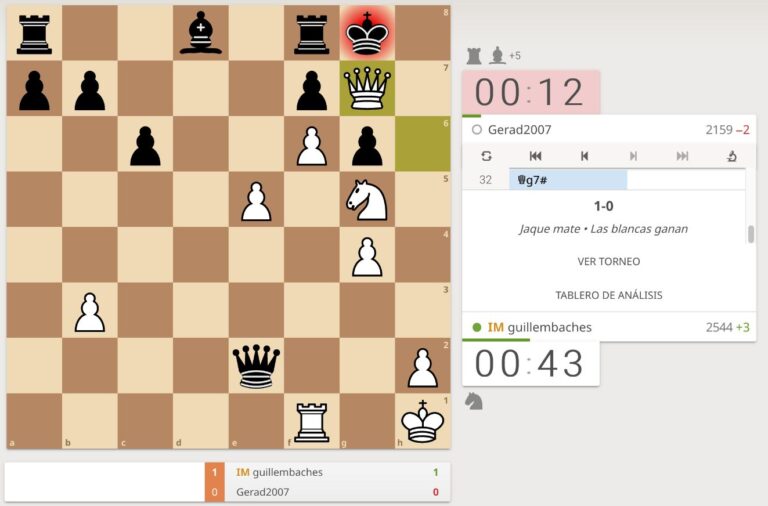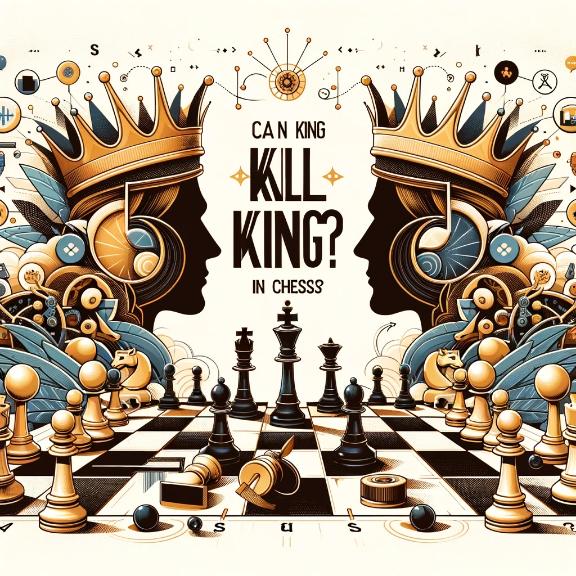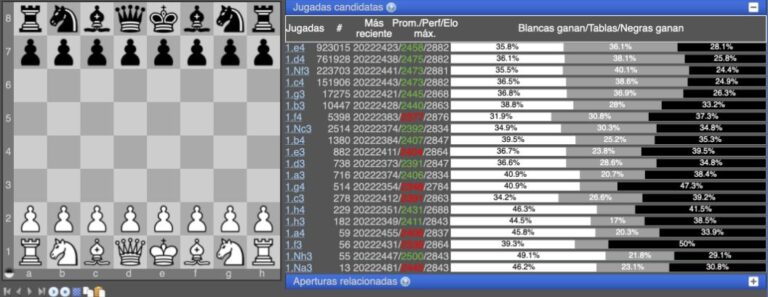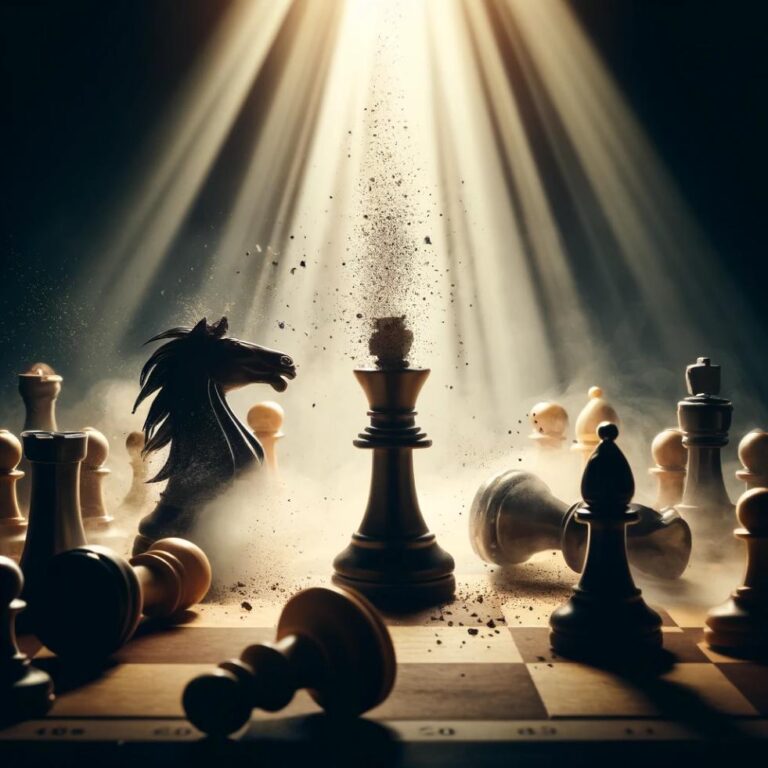Elo is a rating system used in chess to calculate the relative skill levels of players. Named after its creator, Arpad Elo, a Hungarian-American physics professor and chess enthusiast, the Elo rating system is widely adopted by chess organizations around the world, including FIDE (Fédération Internationale des Échecs or International Chess Federation), the governing body of international chess competition.
Understanding the Elo Rating System
The Elo rating system is a numerical scale that measures a player’s performance based on the outcomes of games against other rated players. It operates on the principle that the difference in the ratings of two players serves as a predictor of the outcome of a match between them. Here’s how it works:
- Initial Rating: Players typically start with a baseline rating, which may vary depending on the chess federation. For FIDE, the starting rating has traditionally been 1000.
- Winning and Losing: When a lower-rated player wins against a higher-rated player, they gain more points than if they won against someone of a similar or lower rating. Conversely, losing to a lower-rated player results in a more significant loss of rating points than losing to a higher-rated opponent.
- Calculation: The Elo system calculates ratings based on the expected versus actual results of games. The exact number of points gained or lost in a game depends on a mathematical formula that factors in the difference in ratings between the opponents.
You can calculate your rating variation using my FIDE rating calculator.
Elo Ratings in Practice
Elo ratings give players, organizers, and fans a way to compare skill levels. Ratings are dynamic and change as players participate in rated games, making the system a continuous reflection of a player’s current performance level. Categories often defined by Elo ratings include:
- Novice: Below 1200
- Intermediate: 1200 to 1800
- Advanced: 1800 to 2200
- Expert: 2200 to 2400
- International Master: 2400+
- Grandmaster: 2500+
It’s important to note that these categories can vary by country and chess organization.
The Impact of Elo Ratings
Elo ratings have become a fundamental part of competitive chess, influencing tournament qualifications, pairings, and seeding. Players often set goals related to achieving specific Elo milestones, such as reaching “master” status (2200+ in many federations). Beyond chess, the Elo system’s principles have been adapted for use in other competitive domains, including sports and video games, due to its robust and adaptable nature.
Conclusion
Elo ratings in chess serve as a quantifiable measure of a player’s skill and are central to the organization and competitiveness of the sport. By providing a standardized system for rating players, Elo has helped chess become a more structured and globally recognized competitive activity. Whether you’re a casual player looking to track your progress or an aspiring grandmaster, understanding your Elo rating is a key part of your chess journey.







